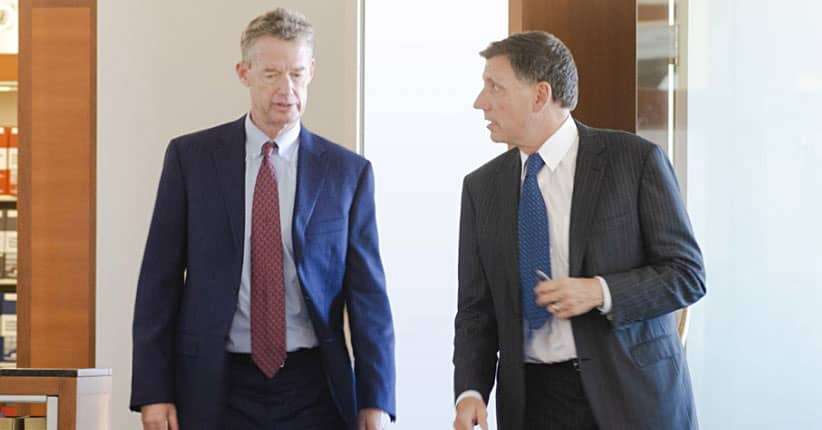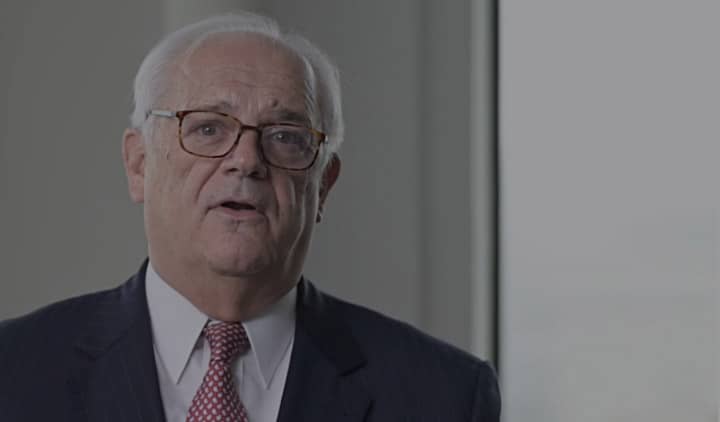There has perhaps been no bigger impact to the traffic and commuting world recently than the ridesharing revolution. Companies such as Lyft and Uber are convenient alternatives to the older taxi model of ride-hailing, making it even easier to get around your neighborhood.
One heavily debated result is the impact companies like Uber have had on driving under the influence. It’s theorized that their prevalence and ease of hailing rides should ideally reduce alcohol-related driving incidences such as DUIs, alcohol-related fatalities, and drunk driving collisions.
But is this really the case? Has Uber affected drunk driving rates in San Francisco?
It really seems like this depends, based on the study you read.
Uber Has Decreased Drunk Driving Rates
Perhaps the staunchest advocate for Uber improving driver safety is Uber themselves. In 2015, they released a comprehensive report on their findings from metropolitan areas in Seattle and parts of California. They revealed that in Seattle, the implementation of ridesharing services such as Uber were correlated with a 10 percent decrease in DUI arrests.
And in parts of California where Uber is available, such as San Francisco, studies showed that monthly alcohol-related crashes decreased by 6.5 percent among drivers under 30 – atypical of the patterns seen in non-serviced parts of California.
This seems to be the same in New York City as well, according to a report from the City University of New York. After Uber was introduced in NYC back in May 2011, the report indicates that there was a 25-35% decrease in alcohol-related collision rate across all affected NYC boroughs.
In San Francisco specifically, anecdotal evidence seems to indicate that ridesharing services like Uber are definitely having an impact on potentially driving drunk. The California Highway Patrol has stated that ridesharing services certainly seem to be lowering the quantity of DUIs, and Mothers Against Drunk Driving (MADD) has seen the same positive trends.
Uber Has Had No Effect on Drunk Driving Rates
However, not everyone agrees with that sentiment. A peer-reviewed study from the American Journal of Epidemiology took a comprehensive look at 100 densely populated counties in the United States where ridesharing was available, and found no correlation between the introduction of Uber and number of traffic fatalities – including those that were alcohol-related.
The researchers agreed that the general sentiment of Uber decreasing drunk driving makes sense, but suggests these opposing viewpoints:
- Even if Uber has had an incredible cultural impact on commuters in the United States, it still represents an incredibly small share of transportation usage in the country – an amount that may be negligible to traffic fatalities.
- Ridesharing companies like Uber serve as primarily a substitute for taxis and public transportation – not a substitute for drunk driving. Therefore, those who typically don’t ride public transportation aren’t as likely to ride in an Uber vehicle.
- There are too many variables and differences to make strong conclusions about Uber’s effect on drunk driving. This includes time frames, quantity of drivers, community access to public transportation, and a varying number of state and county traffic laws. These can all significantly sway a study’s results.
Moving Forward with Uber
Ultimately, while it does seem like Uber has had a positive change in drunk driving rate (especially in the Bay Area), there are still some reservations to be had in their degree of impact. Anecdotal evidence can only go so far, and until there is a definitive, statistically significant report, Uber may remain an incredibly convenient alternative only for those who want to use them.


